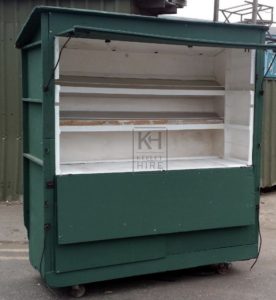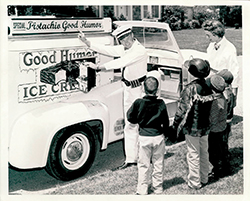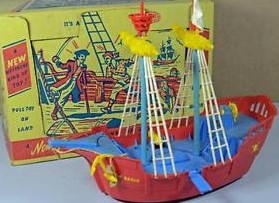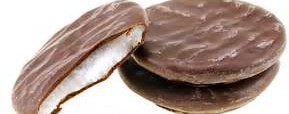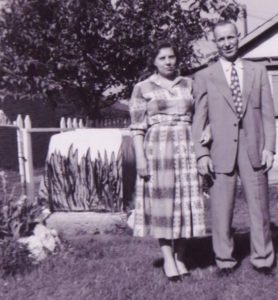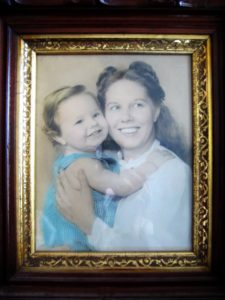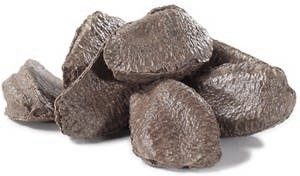Elementary School was not an enjoyable experience for me. Besides the nuns meting out physical pain for infractions, there were the class bullies. And there were a few of them.
In the classroom there was no problem, but at recess they plied their trade of picking on anyone they thought would not stand up to them. I was one of the unfortunate victims of peer abuse.
One year in particular it was difficult to avoid confrontation. I was in fifth grade when the bully group decided it would play Civil War after reading about it in history class. Their idea was very simple. They would come up to you and ask if you were North or South. It didn’t matter which side you declared since they would automatically be on the opposing side, declare you the enemy and pummel you around a bit before confronting another unfortunate straggler.. It didn’t take long to realize you couldn’t win.
One day, when I saw them approaching, I ran off around the side of the school, past the rectory and into the alley in the hopes of eluding the enemy. As I rounded the corner into the alley, I saw the news cart used by one of the parishioners on Sunday to house and sell newspapers to people leaving the church.
It was up against the rear of the school and as I pulled it slightly away from the wall, opened the doors at the bottom where newspapers were stored, found that it was empty and would house a kid my size. I crawled inside and shut the door.
The cart was perhaps five feet long and five feet high and was on rollers. It had the storage area below and an upper part which the newspapers could be displayed and an awning above to keep our rain or sun. And it all folded up into a compact unit when closed. I declared it my secret place and retired there often during recess and lunch period in order to avoid the roving bands of Civil War enthusiasts in the playground (which was actually a parking lot and the street in front of the school).
When necessary (like getting back from lunch too early and wanting to avoid confrontation in the playground), I would sneak around to the back of the school and climb into my little fortress where I would munch some penny candy and read a comic book until I heard the warning buzzer sound for the resumption of classes.
This went on for several weeks, maybe a few months, until one day I arrived to find the doors padlocked. My secret place had been discovered, no doubt because I had left telltale candy wrappings and/or comic books within. It was okay, however, because the Civil War was winding down and things would be quiet until a different method of bullying was employed. I would just have to make sure that I didn’t return to school after lunch all too early.
Perhaps I could watch a little more of Lunchtime Little Theater or Uncle Johnny Coons and eat a bit slower from now on.
